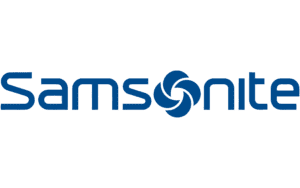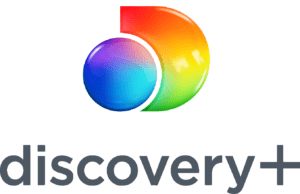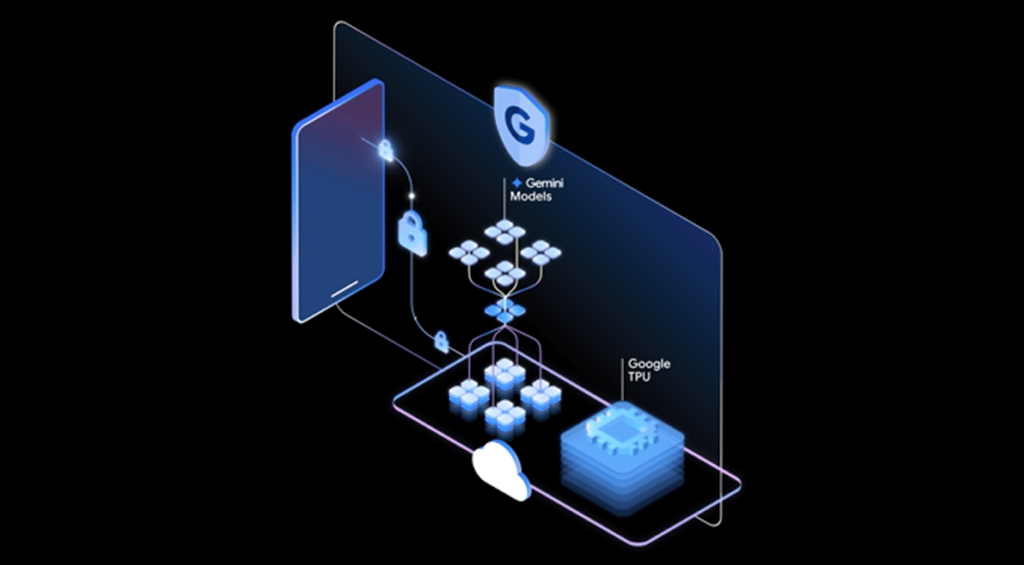Although most major enterprises have made some kind of move to cloud computing, a growing number of these companies are switching providers, solutions, and priorities as they examine how different clouds work with their business models.
ExxonMobil, American Airlines, Samsonite, Forbes, and Discovery+ are a handful of enterprises that optimized operational efficiencies and customer experience through a top cloud platform.
See below to learn about how these companies are using the cloud:
Cloud Computing: Enterprise Use Cases
More on the cloud computing market: Cloud Computing Market 2021
ExxonMobil on Microsoft Azure 
XTO Energy is a subsidiary of ExxonMobil primarily based in the Permian Basin, one of the most significant oil regions in the world. XTO Energy owns several distributed oil well locations, and periodically, technicians go to those locations to assess quality and troubleshoot issues.
The problem? Limited cell service and technology access on-site at the wells required many technicians to write their observations and travel back to the on-premises data center to record that information. This process extended the repair timeline and led to more user error, encouraging XTO Energy to consider higher-tech alternatives.
They decided to work with Microsoft Azure to develop cloud infrastructure, Internet of Things (IoT)-powered data collection, and more efficient systems for big data management and analytics.
“We recognize the need to further digitize and to use data as an asset that drives insights and solves problems that we couldn’t solve when information is confined to physical paper or siloed across departments,” says Brian Khoury, IoT and data architecture supervisor at XTO Energy.
“Oil and gas tends to be behind in the use of digital tools compared to other industries, so we’re working hard to be more digitally enabled and connected. Embracing the cloud is an important part of that effort, because it frees us up from having to manage hardware, storage, servers — all things that aren’t our core business — and we can scale and spin up resources as needed.”
Industries: Oil, gas
Cloud Computing Use Cases: Digitalizing operations, cloud infrastructure, IoT-powered data collection, big data analytics, remote data collection and management, cloud migration, scalability
Outcomes:
- Microsoft Azure was established as a unifying platform for all company data
- Decreased hardware, server, and software management
- Increased real-time visibility on individual well issues
- Dynamic routing of staff members to trouble spots (identified by Azure and Dynamics 365) increases overall efficiencies
- Remote access to current and historic well data, cutting back frequent travel to and from on-premises data centers
Read the full ExxonMobil on Microsoft Azure case study here.
American Airlines on IBM Cloud 
American Airlines is the largest commercial airline in the world, but with a competitive market of other top-tier travel options, the company has recently worked on improving their customer experience through more application development. Their legacy customer-facing applications were coded in on-premises silos, which required multiple instances of updates and had greater potential for user error.
American Airlines chose to work with IBM Cloud to create a better infrastructure for customers seeking real-time flight and travel data. They also chose to migrate to the cloud for increased stability, scalability, and improved disaster recovery.
“One of our expectations with the IBM Cloud was that the hyper-scale should relieve concerns around infrastructure when rolling out an application globally,” says Patrick Morin, managing director of customer technology, American Airlines.
“When the hurricanes [Hurricane Irma] hit, we put that to the test, and our confidence turned out to be well-founded: The application worked flawlessly, and we’ve since rolled it out to all 300-plus airports without any issues.”
Industry: Airlines, travel
Cloud Computing Use Cases: Self-service tool development, cloud migration, application development, cloud-native based microservices
Outcomes:
- Faster development and release schedule for new applications
- Migrated key legacy customer-facing applications to VMware HCX on IBM Cloud
- IBM and American Airlines jointly developed new cloud-native apps in Cloud Foundry
- Migration improved server performance and reliability, reduced the end-user response time, and helped American Airlines avoid hardware upgrade costs
- The Dynamic Rebooking app was released to production in eight airports after less than five months; all 300+ airports now have the working solution
Read the full American Airlines on IBM Cloud case study here.
Samsonite on Oracle Cloud 
Samsonite is one of the largest luggage and travel accessory manufacturers in the world, owning brands like Tumi, Samsonite, and High Sierra. Because their products are used during travel, particularly by air, Samsonite wanted to capitalize on in-travel customer service opportunities through cloud development.
With the help of Oracle Cloud, Samsonite was able to transform their on-premises application, BagSupport, into a cloud application, so travelers and airline personnel alike could direct baggage repair, loss, claims, and purchases to a one-stop virtual storefront.
“BagSupport, our luggage-as-a-service application, will take off as a multi-airline service and expand globally, thanks to consistent uptime and the ability to scale with Oracle’s elastic compute infrastructure and global data center network,” says Dirk de Smyter, IT director for Europe, Samsonite International.
Industries: Luggage, retail, manufacturing
Clouding Computing Use Cases: Application migration and hosting, application as a service, low-code development
Outcomes:
- BagSupport on-premises application migrated to Oracle Cloud Infrastructure
- Oracle Cloud Infrastructure eliminated the downtime that BagSupport experienced in its own data center
- Samsonite reduced its software and hardware costs while expanding its worldwide as-a-service offerings
- Airline personnel anywhere in the world can access the application, select from the Samsonite inventory, and collect their items from airport stores
- Extension of BagSupport (via an OCI interface) to the WorldTracer Baggage Self-Service system operated by SITA, the global airline telecom cooperative, improving passenger self-service
Read the full Samsonite on Oracle Cloud case study here.
Forbes on Google Cloud 
Forbes has long set a standard for business and finance publications, but as users continue to shift toward online publications and mobile devices, Forbes made the decision to move forward with digital transformation and improving their overall user experience.
By partnering with Google Cloud, Forbes was able to make advances, such as containerized microservices, democratized application development, and improving scalability and disaster recovery during periods of higher traffic on their site.
“We conducted prototypes with Azure, AWS, and Google Cloud, and asked our engineers and DevOps team how they liked working with each,” says Vadim Supitskiy, chief technology officer at Forbes.
“After careful consideration, our team felt most comfortable and excited about Google Cloud, because it’s easy to use and offers the most possibilities for automation.”
Industries: Finance, journalism, publishing
Cloud Computing Use Cases: Digital transformation, cloud migration, big data analytics, advertising management, cloud infrastructure, service abstraction, managed cloud services, containerization, continuous integration, and continuous delivery (CI/CD)
Outcomes:
- More than 2x faster release cycles
- Improves website performance and stability for millions of visitors to Forbes.com
- Accelerates development velocity for new feature releases
- Abstracted cloud services from underlying infrastructure save more than 50 hours per week for engineers
- Scalable analytics, content mining, and artificial intelligence (AI)/machine learning (ML) capabilities
Read the full Forbes on Google Cloud case study here.
Discovery+ on AWS 
Discovery is the parent brand that owns several television networks, such as HGTV, Food Network, and the Discovery Channel. But in the current age of media consumption, many users prefer to stream their content rather than watch it live or through a bundled provider.
Discovery chose to work with AWS to develop Discovery+, a streaming service that launched in early 2021 and offers a variety of shows. Discovery relied on Amazon to help them build reliable streaming infrastructure, collect vast quantities of viewer metadata, and develop edge technology that made remote media production and delivery possible.
“AWS gives us instant, global access to virtually unlimited computing resources. It’s flexible, reliable, scalable, and enables us to focus our time on assembling those pieces that serve our consumers, such as building applications,” says Avi Saxena, CTO of direct to consumer at Discovery.
“It allows us to move fast. We can deploy a service or compute resources almost instantly, so the speed of deployment and innovation is in our hands.”
Industry: Media, entertainment
Cloud Computing Use Cases: Scalable compute capacity for viewer demand, cloud hosting, storage for throughput- and transaction-intensive workloads, metadata management, edge computing, data migration, edge storage, machine learning
Outcomes:
- Global launch of Discovery+ streaming app in January 2021, completely hosted on AWS Cloud
- Pioneering a public cloud-based media supply chain for content ingest, management, and delivery
- Simplified delivery process for third-party producers and content creators through Snowball Edge
- Metadata managed through Amazon S3 for smarter programming decisions
- Tens of millions of viewers in 25 countries around the world now have access to Discovery+
Read the full Discovery+ on AWS case study here.
Read next: Top Trends in Cloud Computing 2021














